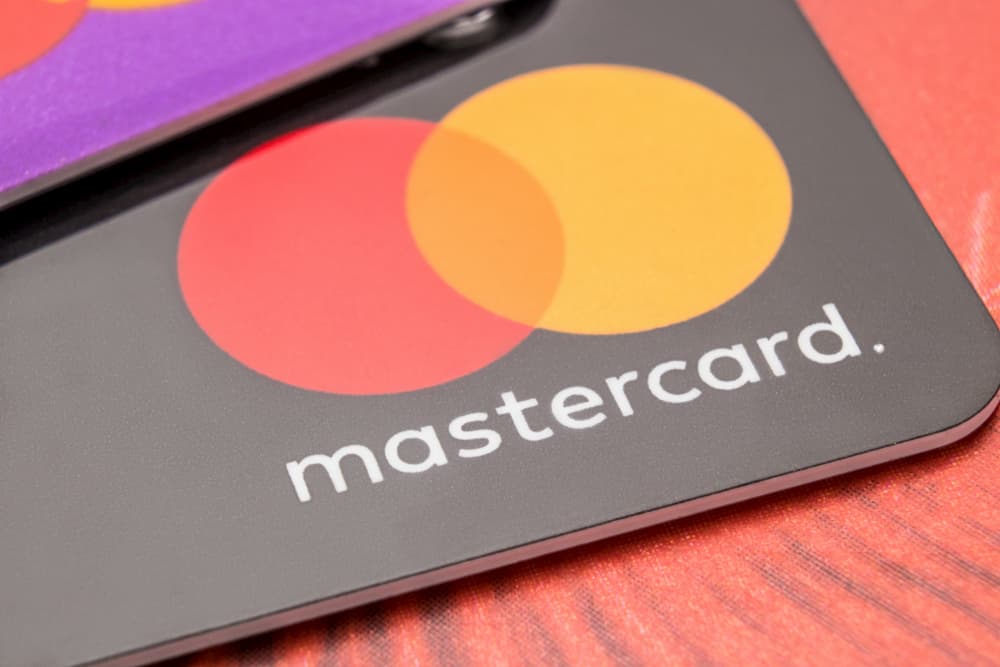Mastercard (NYSE: MA) stock has recovered all the losses that it had incurred during the first coronavirus wave as the vaccine discovery has strengthened prospects for its cross border payments.
The shares of the traditional digital payment network operator soared almost 17% in the last month alone because investors believe the coronavirus vaccine is likely to resume international traveling, which is key to the success of digital payment networks like Mastercard and Visa (NYSE: V).
It’s cross border transaction volume fell 30% year over year during the September quarter. Its profits have also declined at a high double-digit rate in the past two quarters.
Mastercard says markets are normalizing
The company says cross broader transactions are still down but most markets are stabilizing, according to its fourth-quarter update. The U.S. switched volume increased 6% for the week ended Nov. 21.
The company saw steady growth in switched transactions volume during the first two to months of December quarter. Meanwhile, cross-border transaction volume fell 29% for the week of Nov. 21 and the transaction volume declined 30% in the week of Nov. 14. Despite a massive year over year drop, the traditional digital payment network operator is optimistic about the potential recovery in travel demand.

“We are seeing encouraging progress in the trajectory of domestic spending, while travel spending remains a challenge,” said Mastercard CEO Ajay Banga.
The digital transition is likely to support Mastercard stock
Mastercard stock has been struggling when compared to online digital payment platforms like PayPal (NASDAQ: PYPL) and Square (NYSE: SQ). Along with slowing demand, the users move towards online platforms for payment transactions is adding to concerns over the growth prospects.
Meanwhile, Mastercard has also been aggressively working to capitalize on user’s shift towards digital transactions, with the launch of new services. It has recently expanded its Digital First Card Program in North America to meet the demand of consumers who seek to use the money for ordering meals and shopping online through mobile phones.







